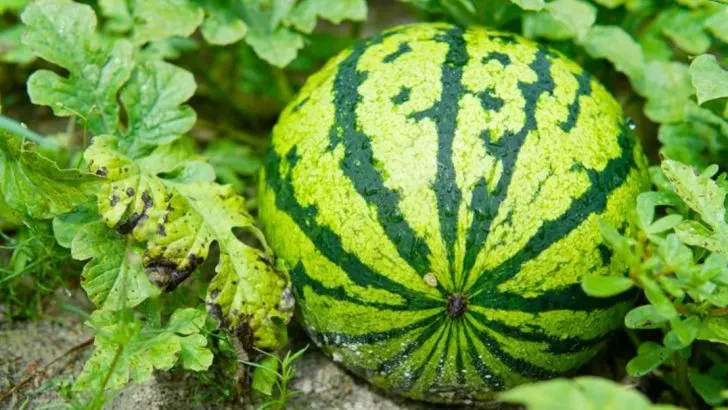Nothing says summer like a sweet, juicy watermelon, and the good news is—you can grow your own at home! But to get large, flavorful melons, you need the right techniques and conditions.
In this article, we walk you through 12 essential steps to growing juicy watermelon and the common mistakes to avoid. From choosing the right variety and preparing nutrient-rich soil to proper watering, pollination, and harvesting tips, these expert strategies will help you grow delicious, homegrown watermelons all season long. Follow these steps, and get ready for a bountiful summer harvest!
Choose the Right Variety

Selecting the right watermelon variety is crucial for a successful harvest. Some varieties are more suited for specific climates, while others excel in taste or size. Consider factors like growing season length and space availability. For instance, if you have limited space, opt for a bush variety. Ensuring your choice aligns with your regional climate can prevent disappointments later. It’s not just about the size or color; it’s about what’s feasible for your environment. Investing time in research at this stage can save you from headaches down the line.
Prepare the Soil
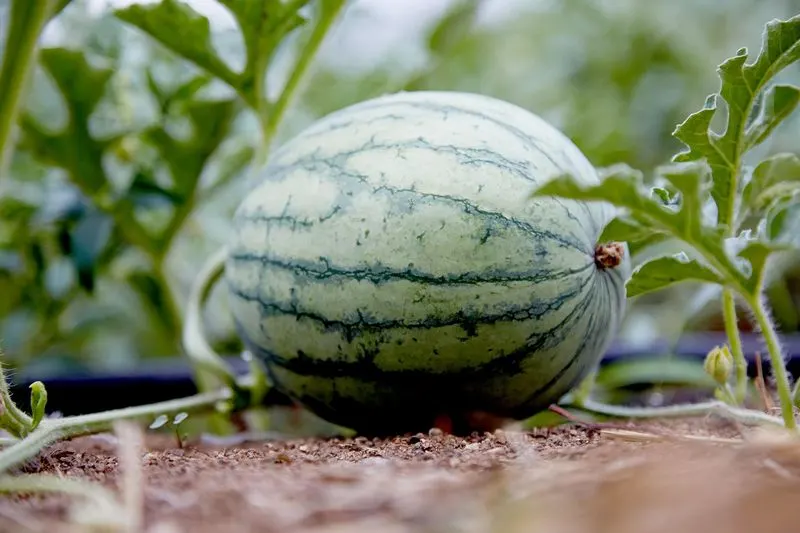
Healthy soil is the cornerstone of a productive watermelon patch. Begin by testing your soil’s pH and nutrient levels. Watermelons thrive in soil with a pH between 6.0 and 7.5. Amend your soil with organic matter, such as compost, to enhance fertility and drainage. Well-drained soil is essential to prevent root rot and other diseases. Regularly turning over the soil ensures it remains loose and aerated, promoting root growth. Remember, the effort you put into soil preparation will pay off in the quality and quantity of your melons.
Plant at the Right Time

Timing is everything when it comes to planting watermelon seeds. They need warmth to germinate, so ensure the soil temperature is consistently above 70°F. Planting too early can result in poor germination, while planting too late might not give the plants enough time to mature. Depending on your region, late spring is often ideal. Using black plastic mulch can help retain soil warmth and moisture. Each seed should be planted about one inch deep and spaced appropriately to allow for growth. Proper timing sets the foundation for robust vines.
Water Consistently
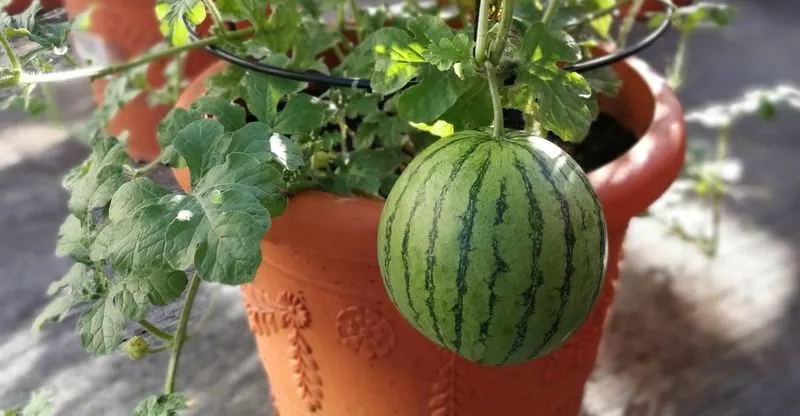
Water consistency is key to growing juicy watermelons. They require about 1-2 inches of water per week, depending on weather conditions. Drip irrigation systems or soaker hoses are ideal as they deliver water directly to the roots, minimizing leaf wetness and disease risk. Avoid over-watering, as this can lead to root rot and bland fruit. Mulching can help retain moisture and keep weeds at bay. Consistent watering, especially during flowering and fruiting stages, ensures the melons develop their signature sweetness and texture.
Fertilize Wisely
Fertilization should complement your soil’s natural nutrients. Begin with a balanced fertilizer high in phosphorus to encourage root development. As the plants grow, switch to a formula rich in potassium to enhance fruit quality. Over-fertilization, particularly with nitrogen, can lead to excessive foliage at the expense of fruit. Regular soil testing will guide your fertilization schedule, ensuring plants get what they need without excess. Avoid the temptation to fertilize heavily; moderation is crucial for producing sweet, juicy watermelons.
Mulch for Moisture Retention
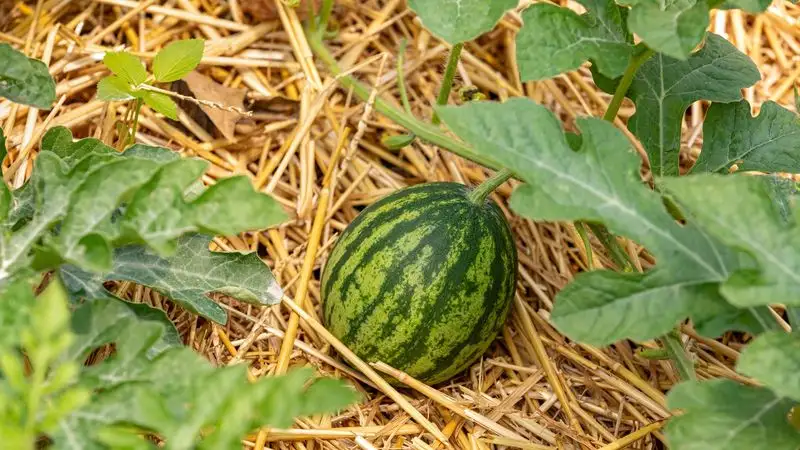
Mulching plays a vital role in maintaining soil moisture and temperature. Straw, wood chips, or grass clippings can serve as effective mulch materials. Spread mulch around the base of the plants to conserve moisture, suppress weeds, and prevent soil erosion. This practice also keeps the soil temperature stable, which is beneficial for watermelon growth. Mulching reduces the frequency of watering and protects plants from drought stress. Implementing a good mulching strategy can significantly impact the overall health and yield of your watermelon crop.
Provide Adequate Space
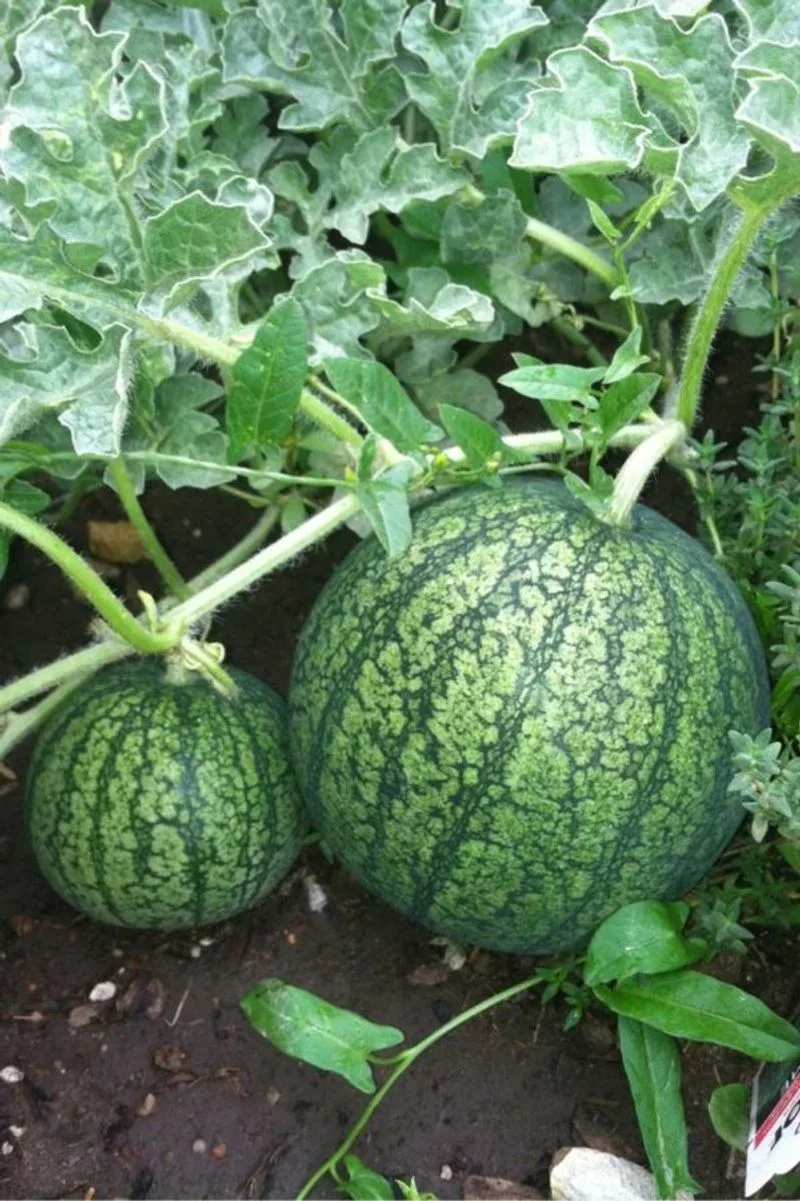
Giving watermelon plants enough space to sprawl is essential for their growth. Each plant typically requires about 6 feet of space in every direction, allowing vines to extend naturally. Overcrowding can lead to competition for nutrients and sunlight, hindering fruit development. Spacious planting ensures better air circulation, reducing the risk of fungal diseases. Consider vertical gardening if space is limited; however, ensure support structures can bear the fruit’s weight. Proper spacing not only promotes healthy growth but also simplifies maintenance tasks like weeding and harvesting.
Control Pests Naturally

Pests can be a significant hurdle in watermelon cultivation. Employ natural methods such as introducing beneficial insects like ladybugs and lacewings to control aphid populations. Companion planting with marigolds or nasturtiums can deter harmful insects. Regularly inspect plants for signs of infestation, and remove affected leaves promptly. Neem oil and insecticidal soap are excellent organic options for combating more stubborn pests. Maintaining a diverse garden ecosystem keeps pests in check and reduces the need for harsh chemicals, ensuring a healthier harvest.
Support the Vines
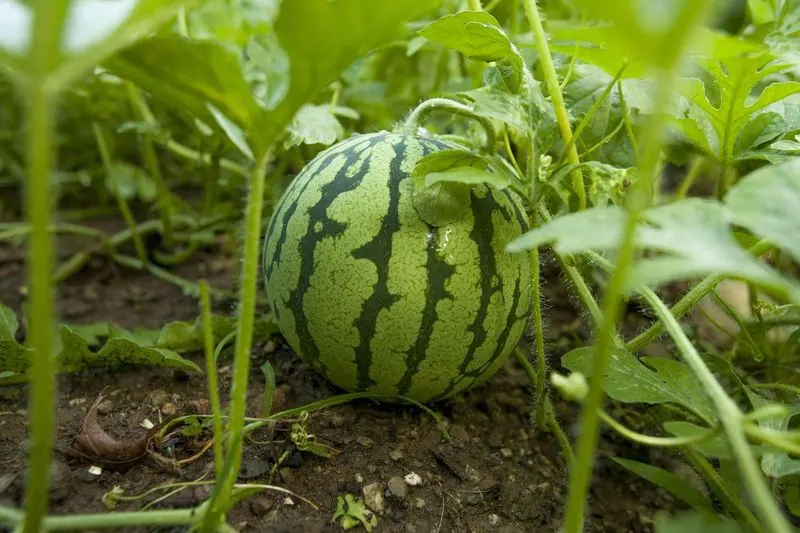
Supporting watermelon vines can prevent fruit rot and maximize space efficiency. Use trellises or cages to lift vines off the ground, especially in smaller gardens. This method improves air circulation and reduces disease risk. For heavier fruit, create slings using soft fabric to cradle them gently as they grow. Supporting the vines also makes harvesting easier and keeps fruit cleaner by minimizing contact with soil. Implementing such structures early in the growing season will train the vines as they develop, promoting a more organized garden layout.
Pollination Techniques
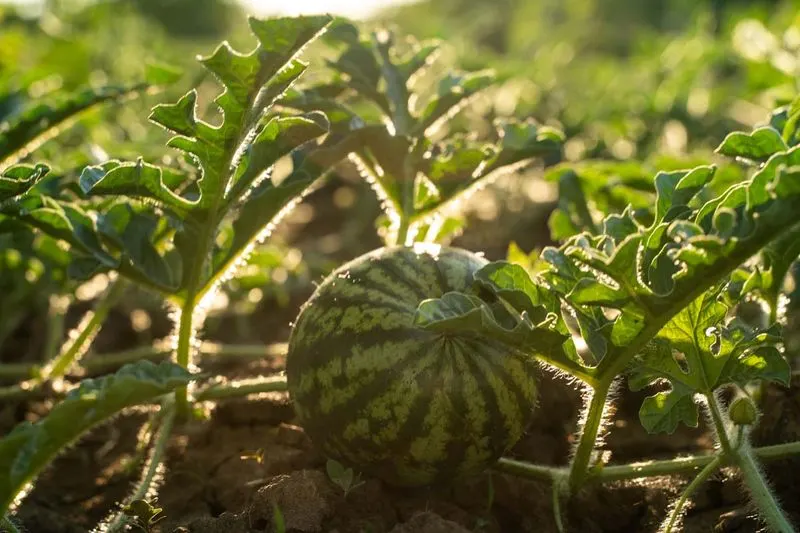
Pollination is vital for fruit development in watermelons. Encouraging bees and other pollinators ensures successful fruit set. Plant bee-attracting flowers nearby to boost pollinator visits. Hand pollination is an option if pollinators are scarce; use a small brush to transfer pollen from male to female flowers. Morning is the best time for this task, as flowers are most receptive. Monitoring pollination activity can help identify issues early, such as a lack of fruit development. Enhancing pollination can significantly increase your yield and fruit quality.
Monitor Growth Regularly
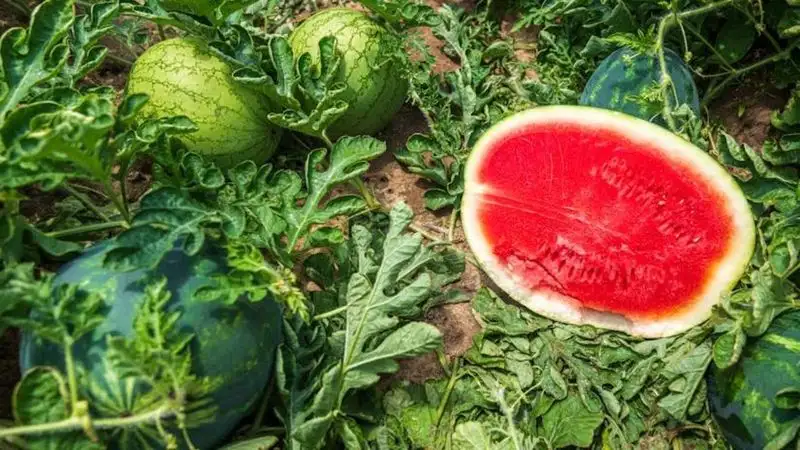
Regular monitoring of your watermelon plants is crucial for optimal growth. Measure the growth of vines and fruit to ensure they’re progressing well. Look for signs of nutrient deficiencies, such as yellowing leaves, and address them promptly. Adjust watering and fertilization based on weather conditions and plant needs. Early detection of issues like pests or diseases can prevent larger problems. Consistent observation and intervention keep your plants healthy and productive throughout the growing season, paving the way for a bountiful harvest.
Harvest at the Right Time
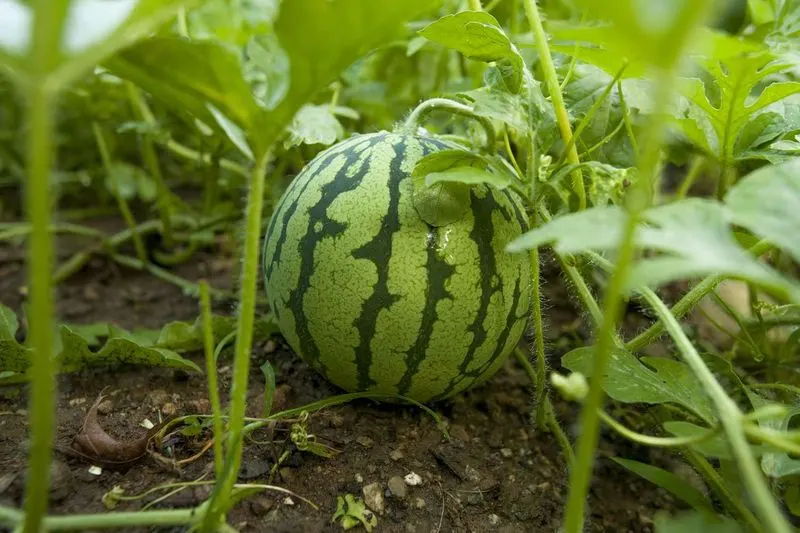
Harvesting watermelons at the peak of ripeness ensures the best flavor and texture. Look for signs such as a dull exterior sheen, a creamy yellow spot where the melon rested, and a hollow sound when tapped. The tendril closest to the fruit should be dry and brown. Avoid leaving ripe melons on the vine too long, as they can become overly soft and lose sweetness. Picking them at the right moment guarantees juicy, flavorful fruit. Careful timing during harvest is the final step to enjoying the fruits of your labor, literally and figuratively.

